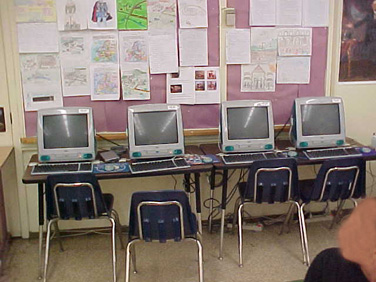
In the U.S. education system, particularly at the elementary school level but also somewhat in high schools, many interested parties have emphasized smaller class size as a key to quality. (Maybe that would have helped Miss Teen South Carolina!)
After all, it stands to reason that a teacher with a dozen first graders will be able to give more attention to each student than his counterpart with a score of rambunctious six-year olds can offer hers. (This, by the way, is an advantage of homeschools like Aase Academy. Our student/teacher ratio never got above 6:1.)
But class size doesn’t matter for Social Media University, Global (SMUG). Once a post is written, having more readers doesn’t take any more professorial effort. In the moment you’re taking a course, it’s always a 1:1 student/professor ratio. You can leave a comment or question, and you’ll get an answer.
But in reality, our class size goal is just the opposite of what most traditional institutions seek, because at SMUG we all learn from each other. The answer you get may just as likely come from your fellow SMUG students as from a SMUG faculty member. So as enrollment climbs (we’re at 11 students as of this writing), each student has access to feedback and tips from an ever-greater population of peers.
SMUG harnesses the wisdom of the crowd and gathers real-world examples of social media uses in businesses and other organizations so we can all learn from each other, together. Click here for an overview of our mission and philosophy, or become a SMUG student of social media today by going to our Student Union in Facebook.
Applying a universal class size means that all types of education are the same. No matter what the activity, class size makes a difference.
Doesn’t make much since to me either. Think of it this way, there are times when one on one is really important while at other times it doesn’t matter if it’s one on 500.
Classrooms and class size are a remnant of an old education model that doesn’t really want to change too much.